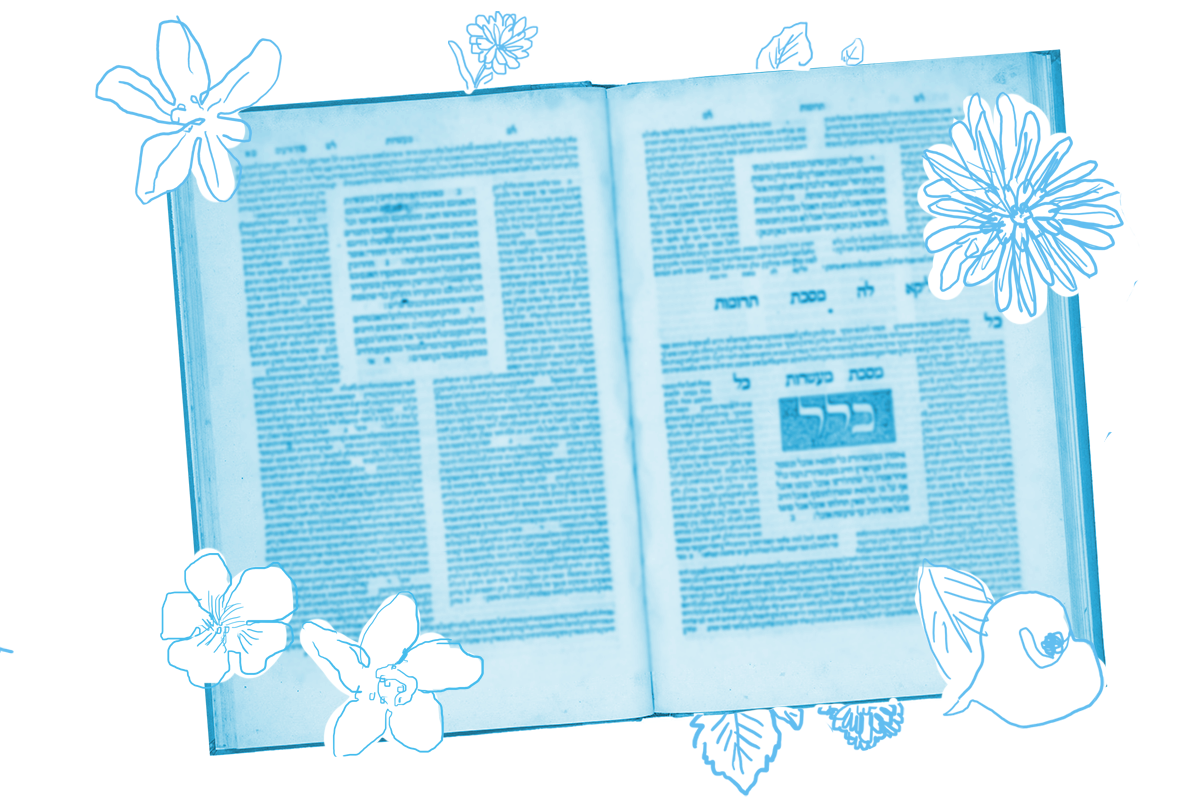We’ve already learned that impurity comes in degrees of severity and contagion. When a person or object becomes impure by contact with an inherently impure substance — like someone experiencing bodily emissions or a dead small crawling creature (sheretz) — they contract first-degree impurity. But objects can also become impure through contact with other objects that have become impure. So, for instance, if a person touches a sheretz and then touches a piece of fruit, the person contracts first-degree impurity, and the fruit receives second degree impurity.
The chain of impurity doesn’t stretch indefinitely — at least not in most cases. Most ordinary people and objects are not subject to impurity at more than two levels removed from the original source of the impurity (called an av hatumah). Sacred objects, however, are more “sensitive” and can contract impurity at greater remove — taking on even third- and sometimes even fourth-degree impurity. This is the subject of our discussion today. The mishnah on Chagigah 20b stated that:
Kodesh (sacrificial food) that is impure with fourth-degree impurity is disqualified.
Terumah (food tithed to priests) is disqualified when it is impure in the third degree.
With your help, My Jewish Learning can provide endless opportunities for learning, connection and discovery.
Terumah is less susceptible than kodesh to a snowballing of impurity, which means that it can’t become impure by contact with something else that has third-degree impurity. Kodesh, however, can achieve impurity in the fourth degree when it touches an object with third degree impurity. Why is sacrificial food more susceptible than terumah? Today’s daf walks us through the rabbis’ reasoning.
The Gemara first quotes an earlier tradition where Rabbi Yosei explains that we learn that sacrificial food is disqualified in the fourth degree by using basic rabbinic logic:
If one who is lacking atonement (meaning they have not brought the offering that will end their period of impurity), who is permitted to eat terumah, is nevertheless disqualified with regard to the consumption of sacrificial food, then something impure in the third degree, which is disqualified if it is terumah, is it not right that it should engender a fourth degree of ritual impurity when it touches sacrificial food?
We have learned that there is a third degree of impurity imparted to sacrificial food from the Torah and fourth degree from kal va’homer (a fortiori reasoning).
Rabbi Yosei points out that, according to the Torah, someone who has not yet completed their process of purification, for which atonement is a critical step, is permitted to eat terumah but not sacrificial food. So clearly sacrificial food has a higher susceptibility to impurity than terumah and can become impure even in the fourth degree.
Rabbi Yosei has told us that the information that sacrificial food can contract third-degree impurity is found directly in the Torah. But where did he read that? The Gemara explains:
As it is written: “And the meat that touches any impure thing shall not be eaten.” (Leviticus 7:20) Are we not dealing with the case in which it is touched by something that is of the second degree impurity? And the Merciful One states: “It shall not be eaten.”
In the context of this chapter of Leviticus, which is all about sacrifices, the meat in question is sacrificial food. Leviticus 7:20 states that sacrificial food is inedible if it has touched “an impure thing.” What is an impure thing? The rabbis understand that phrase to refer to something impure up to the second degree. So their reading of the verse insists that sacrificial food is disqualified according to the Torah if it is touched by something that is second-degree impure, making it third-degree impure. This proves, from the Torah, that kodashim can achieve third-degree impurity.
How then do we then learn that sacrificial food can also be made impure in the fourth degree? The Gemara agrees with Rabbi Yosei’s reasoning — it is inferred through akal v’homer inference from the analogy to terumah. Since terumah can achieve third-degree impurity, and yet is less sacred than kodesh, we must conclude that kodesh can achieve fourth-degree impurity.
The Talmud’s discussion of the laws of purity and impurity can feel alien to modern readers. After all, most people don’t spend all day focused on what they’ve touched, walked over or sat on, and its spiritual and ritual implications for everything else they come into contact with. These laws are largely irrelevant to Jewish life in a world without a Temple (though not entirely — stay tuned for Niddah when we get there, please God, in five years!). But for the rabbis, these were live issues that shaped their daily activity.
In the modern world, we have no kodesh (or terumah, for that matter) to eat, and we don’t need to ask ourselves if it is rendered impure by contact with an object that is itself third-degree impure (indeed, since we have lost the ability to reverse corpse impurity, everyone today is considered constantly in a state of impurity).
But the discussion on today’s daf reminds us that to understand their world, the rabbis look to three sources: the words of the Torah, the wisdom of their intellectual ancestors and their own logic and reasoning. All of these are important to discerning the way that God wants us to live. Their process of relying on these very different methods of understanding — and constantly putting them in conversation with one another — offers a helpful and relevant model for us today, trying to discern our own ways of understanding the world.
Read all of Chagigah 24 on Sefaria.
This piece originally appeared in a My Jewish Learning Daf Yomi email newsletter sent on March 5th, 2022. If you are interested in receiving the newsletter, sign up here.



